The MSI Z170A SLI PLUS Review: Redefining the Base Line at $130
by Ian Cutress on April 13, 2016 8:00 AM EST- Posted in
- Motherboards
- MSI
- Skylake
- Z170
MSI Z170A SLI PLUS BIOS
A large portion of this page will be identical to the MSI Z170A Gaming M7 review, updated for specific features for the Z170A SLI PLUS.
When MSI launched their second graphical BIOS/UEFI interface, it was quickly praised as implementing more ‘user experience’ than some of the other options on the market. At the time it used more color, different icon placement, and something a bit more than just tabs at the top of the screen. Fast forward a few years and MSI still had the same base layout for Z97 motherboards. There were minor updates – an XMP button, a proper overclocking menu layout, some help menus and fan controls, but it still had the same look and feel when other manufacturers were implementing ‘Easy Mode’ and a few other features to separate the common tools in the BIOS from some of the more esoteric. Now, MSI joins that crowd with their own ‘Easy Mode’ interface.
We still have the ClickBIOS nomenclature, but this at first glance looks like a nice ‘Easy Mode’. A BIOS gets plus points for system information on screen one – the motherboard, the processor, the speeds, voltages, BIOS version, temperatures and fan speeds. Rather than apply a thick layer, MSI separates easy mode into a few options on the left, so we have CPU info above, as well as memory info giving a per-module DRAM rundown:
Storage:
As well as fan controls:
In the top left of the screen is MSI’s OC Genie 4 button, so users can apply the auto-overclock (i7-6700K to 4.4 GHz, i5-6600K to 4.1 GHz) without opening the case and moving the wheel on the motherboard. Next to this is an XMP button for a one-shot XMP enable.
In the fan screen above the fan gradients are not adjustable directly but there is a settings cog next to the fan numbers to take the user to the fan adjustment menu:
This fan adjustment menu is similar to previous MSI BIOSes, which when released was a nice touch giving users a graphical control over their fans.
Elsewhere in the easy mode is a help guide to show how to navigate.
We also get an option to flash the BIOS (M-Flash) and the hardware monitor, which is another link to the fan control. MSI also links to the ‘BIOS Log Review’, which brings up a list of BIOS changes since entry, similar to what we have seen on other motherboards.
Pressing F7 moves into the advanced mode, which gets the SLI PLUS color scheme. MSI puts SLI PLUS in its ‘PRO Series’ line of motherboards, which is another name for what we’d call the consumer channel series.
As far as the advanced mode goes, it runs in line with previous MSI BIOSes we have seen before with a singular main upgrade which we’ll get to in a bit. Each of the buttons around the sides of the advanced mode gives access to different sub menus:
Nothing much out of the ordinary here. Although it is worth pointing out how to install Windows 7 on this motherboard – the option is in “Settings/Advanced/Windows OS Configuration”:
Put ‘Windows 7 Installation’ to enabled, and this will allow the user to use a USB mouse/keyboard during install. It is worth noting that Win7 has to be installed via a CD/DVD in this context as data-based USB drives are disabled. Normally we install an OS via a USB, and while the installation program for Win7 does start up, it refuses to find any OS version to install in an odd twist whereby the BIOS can read the USB stick but the USB stick can’t read itself.
The overclock menu retains the new option we saw on Z97 by offering a ‘Normal’ and ‘Expert’ mode for those that understand the processor to a deeper layer by giving more options. Typically we recommend most users stay with the CPU multiplier and CPU voltage settings, which gives great overclocks for most – however extreme (sub-zero) overclockers always want more control.
I’m going to point out MSI’s awesome fix to an issue I have had with MSI motherboards for years, and it relates to the VDroop control / load-line calibration (LLC).
The concept of this feature is to maintain a constant voltage across the processor (because drawing current causes a drop), and it helps with stability. Current processor design means that a voltage drop occurs when the processor is being used heavily, which is typically compensated for to a variety of levels of LLC. For overclocking stability, the level of LLC can be adjusted with great benefit, ideally providing a constant voltage no matter the load. Previously on MSI motherboards, while there was a setting for the LLC, the adjust option did not make sense, offering % values with no suggestion of base line or effect. This changes, exactly in the way I wanted it to.
Under the DigitALL Power menu, we get this option for CPU Loadline Calibration Control. Because this is a low end motherboard, we only get two options – Auto and Mode 1, but the diagram to explain what each one does is on the right hand side. Of course, the graph is purely qualitative, but that doesn’t matter. Having this ability to decipher whether an option makes the voltage level more constant or less constant wasn’t shown before, and this minor adjustment (it should have taken less than a couple of hours) crosses off the list one of the major issues I’ve had with MSI overclocking in the past.
Ranting aside, the rest of the BIOS falls in line with flashing tools, fan controls, and Board Explorer:
For users looking for FCLK adjustments, navigate to the OC menu and FCLK is in the CPU Features menu near the bottom on the BIOS we tested (1.4).


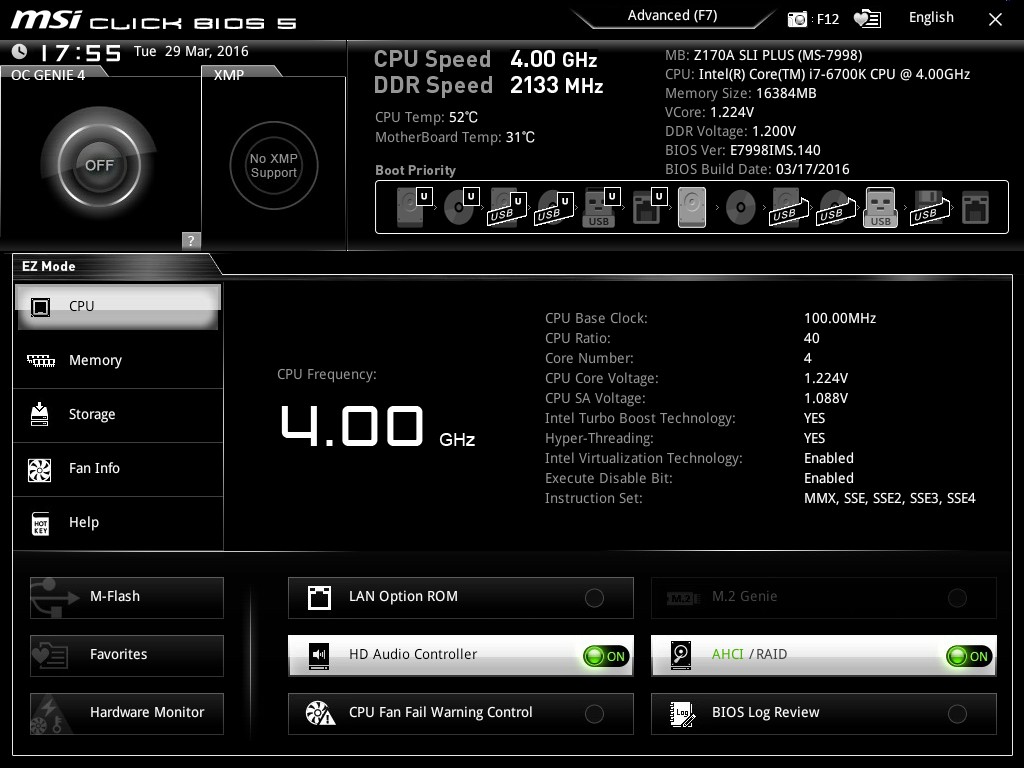
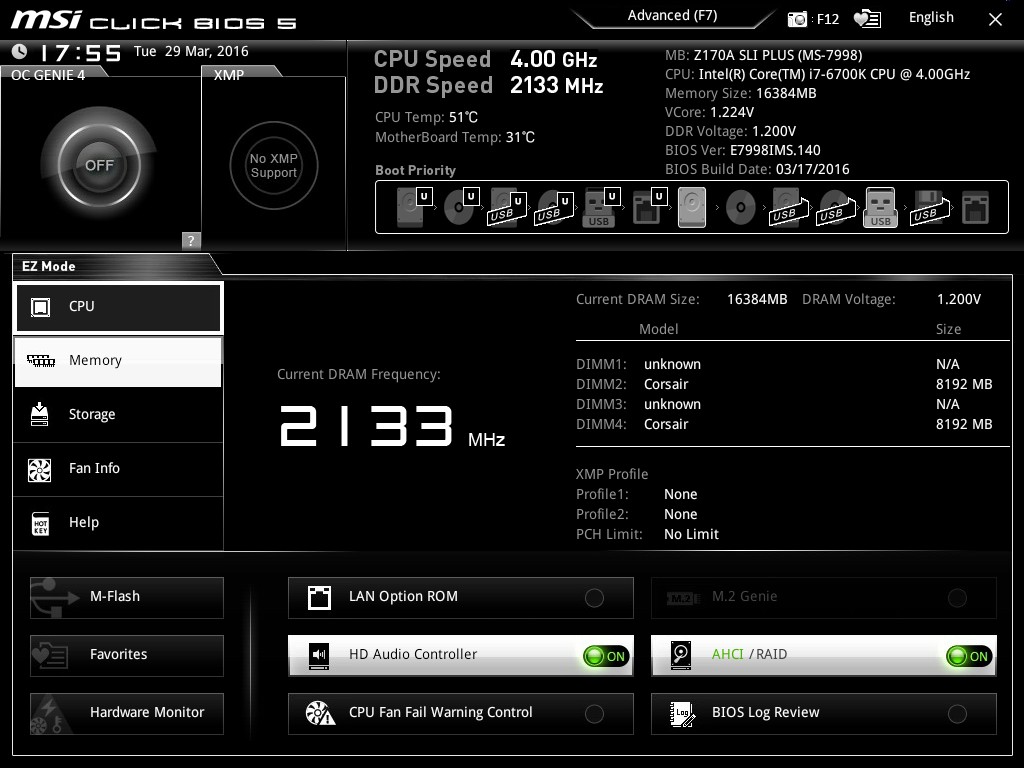

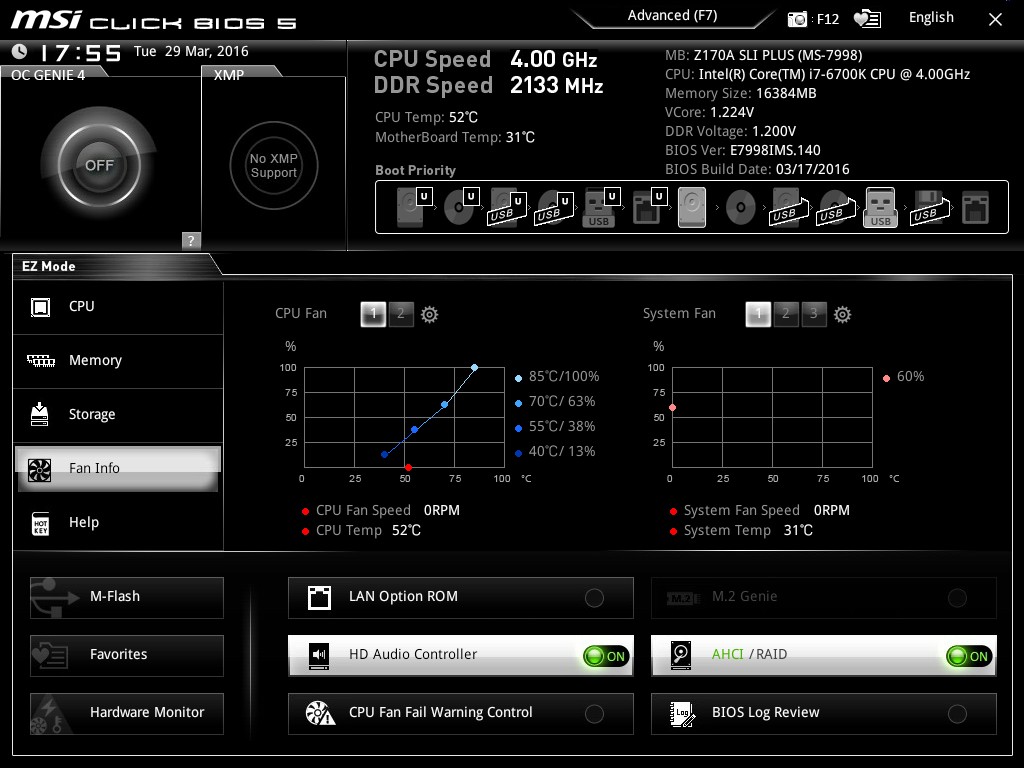
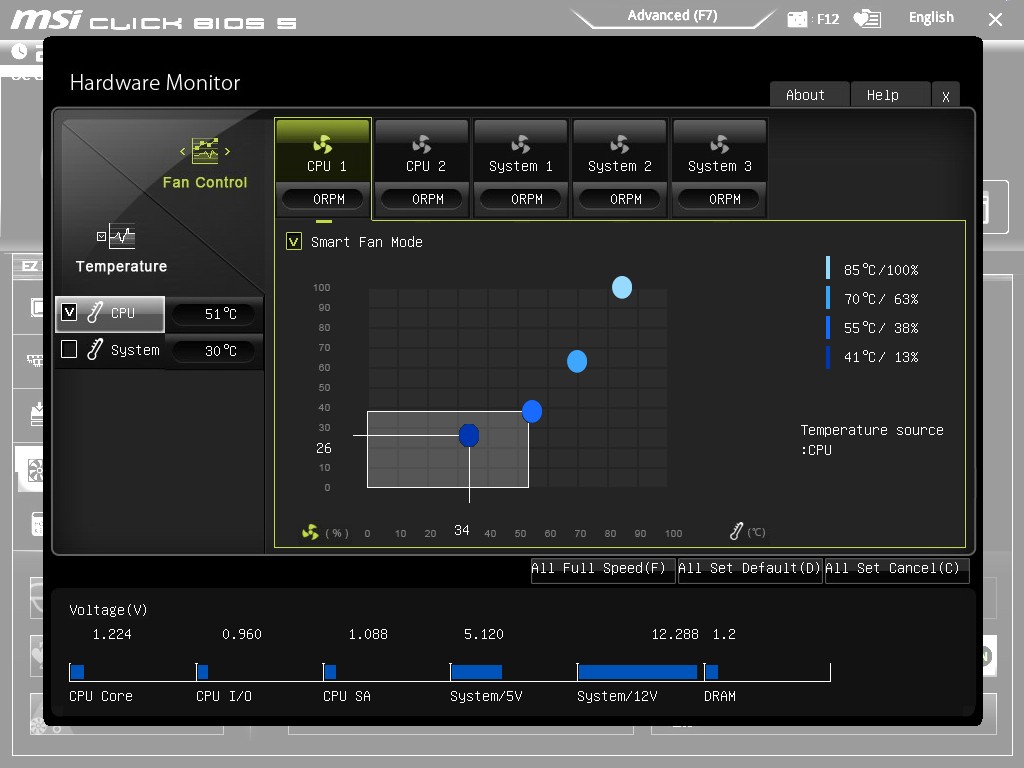
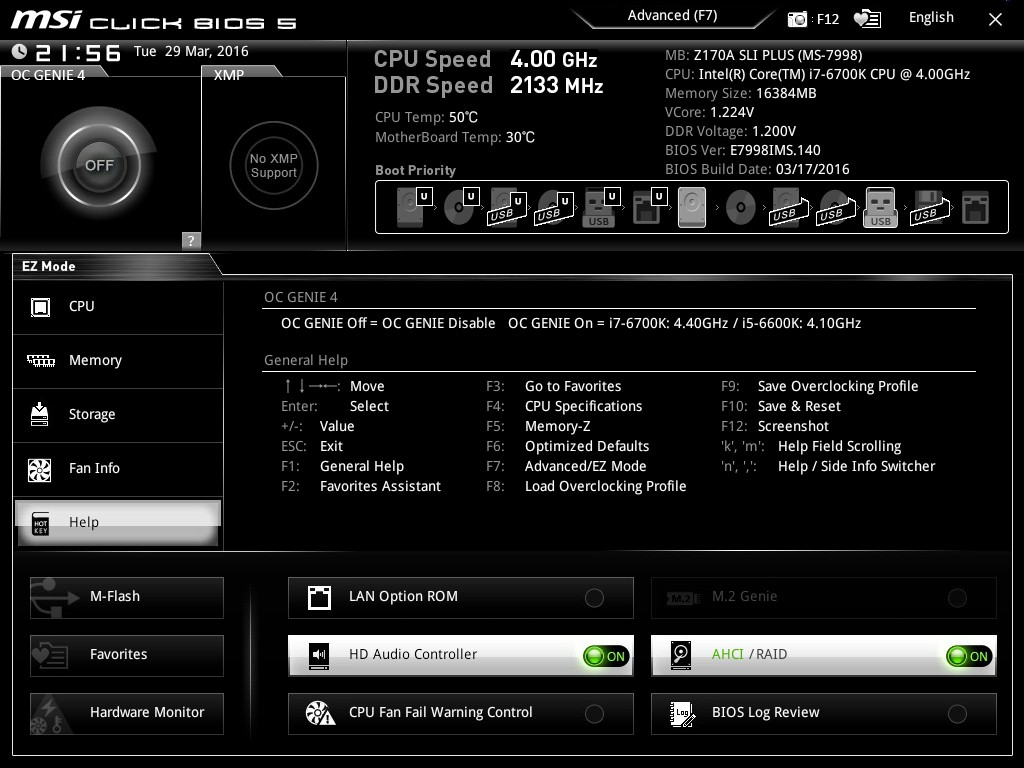
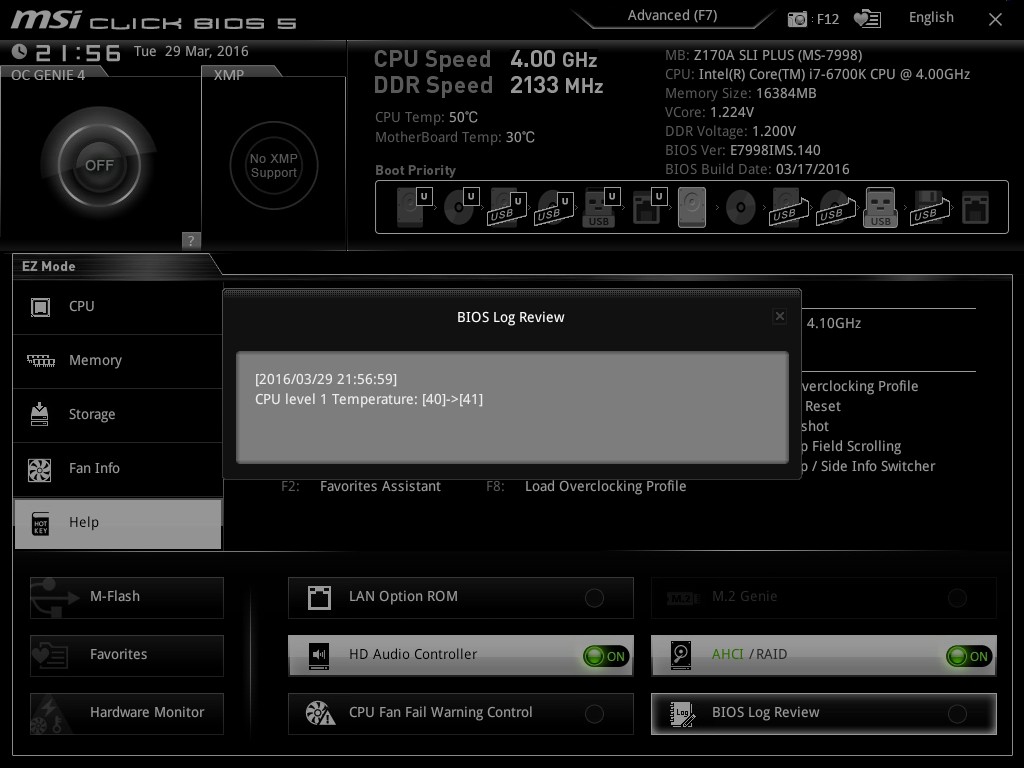
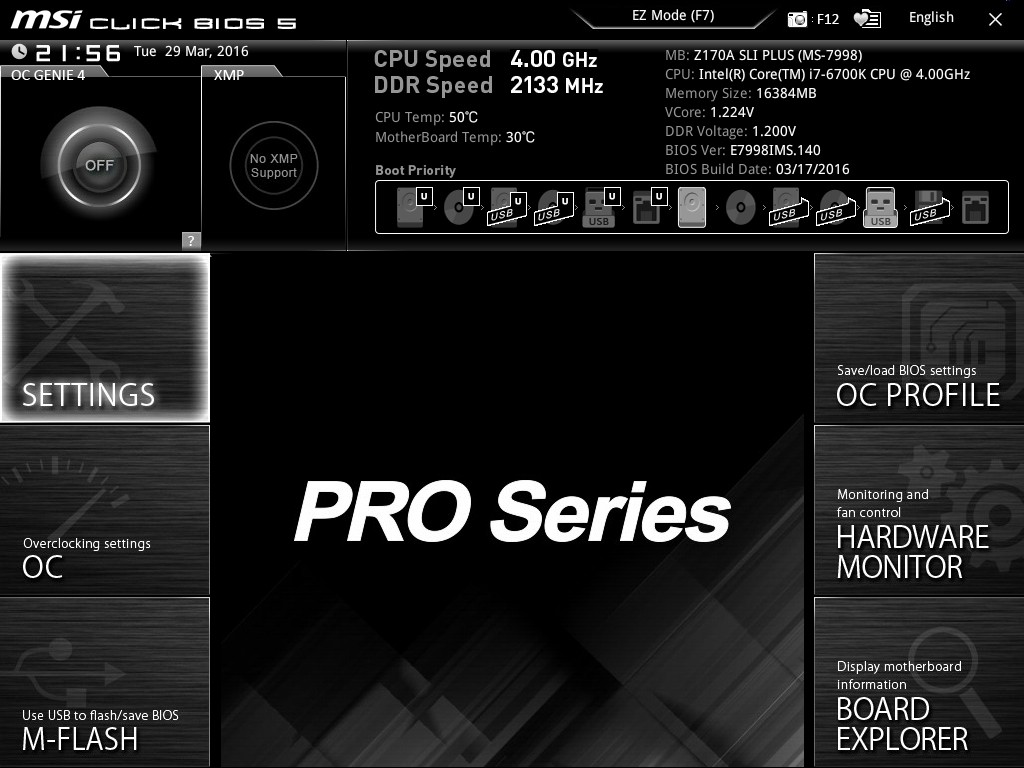
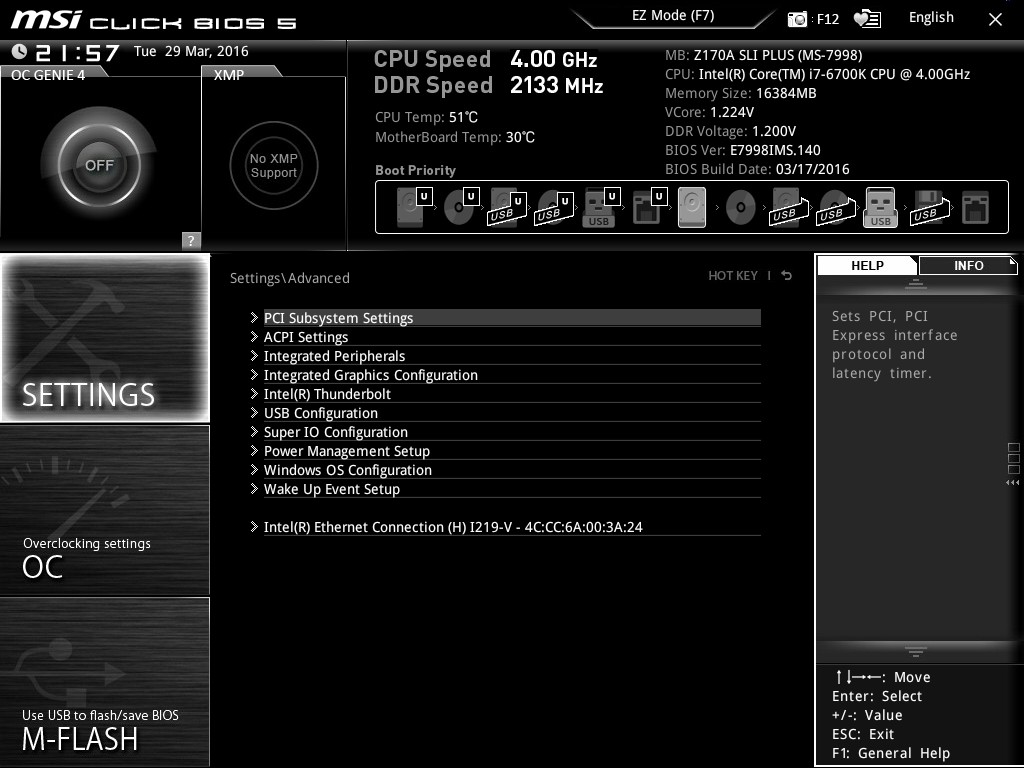


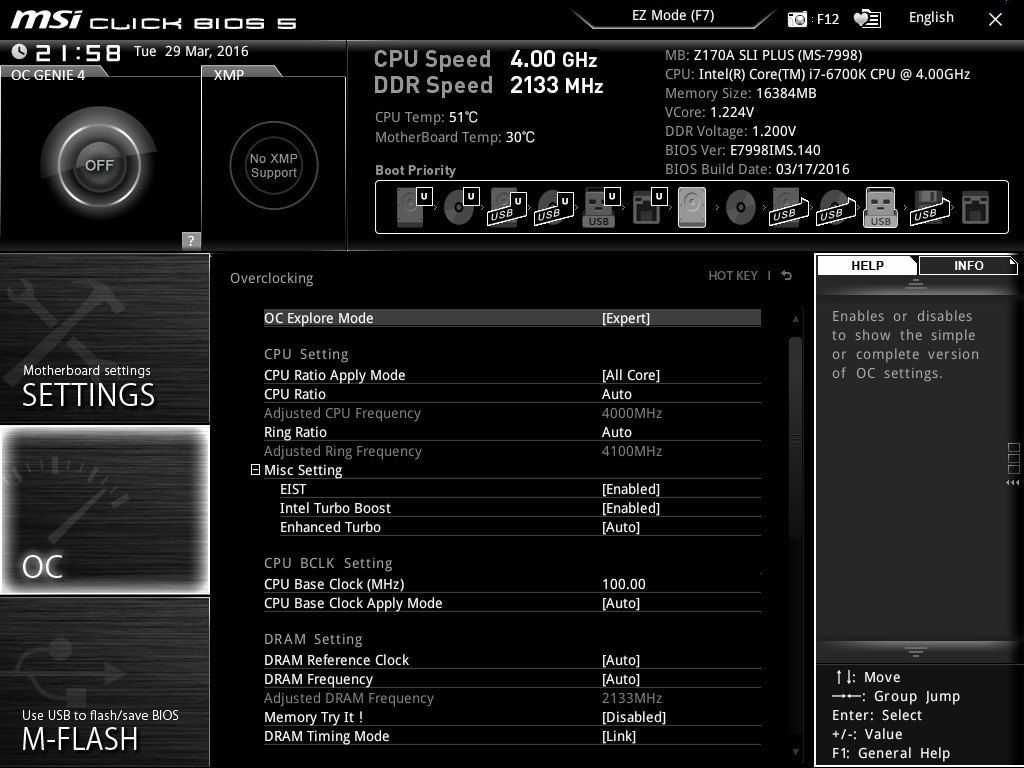
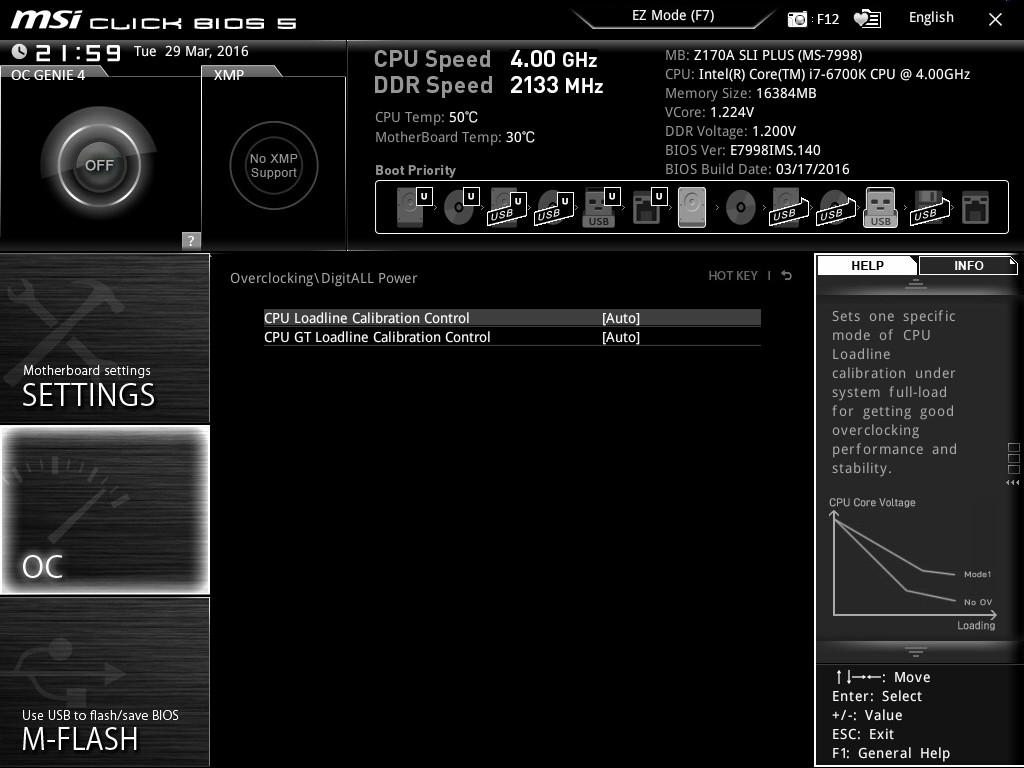
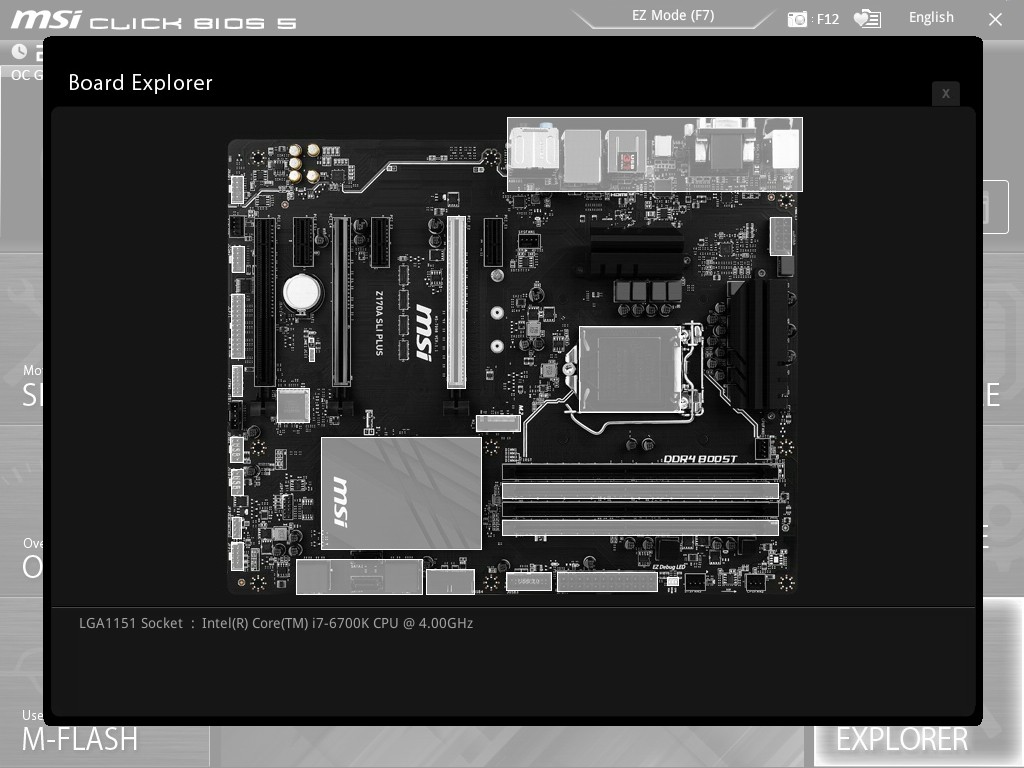
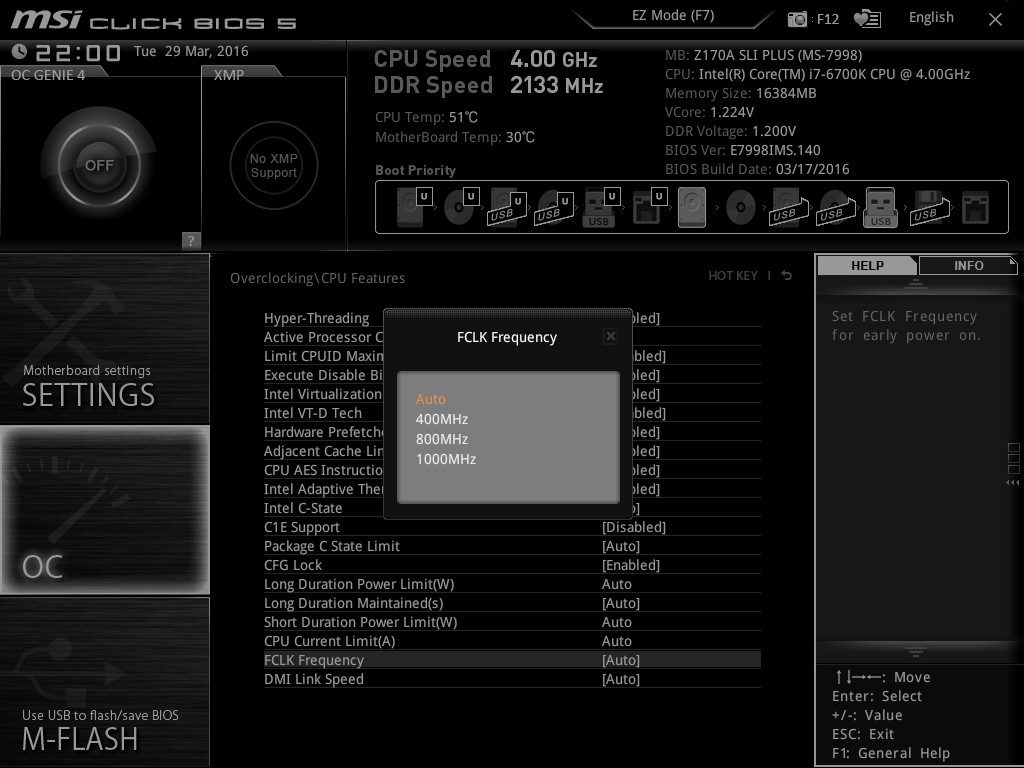














62 Comments
View All Comments
Dr. Swag - Wednesday, April 13, 2016 - link
Hey Ian, any word on how far along the x4 845 review your promised a while back is? I'm very interested in it but it's been quite a while now. I know you've been busy on other reviews but just want to know how that's going. If you don't know what I'm talking about:http://www.anandtech.com/comments/10000/who-contro...
Ian Cutress - Wednesday, April 13, 2016 - link
It's taken a couple of weeks, but I think the X4 845 is tested (regular and OC). Just need to run through a couple of older gen chips to see difference / IPC - X4 760K only arrived yesterday. Should have the 860K in there as well, all three tested at stock and 3G for comparison - CPU (office, synthetic and realworld tests) and gaming performance are both covered. I've also got a set of i3 parts on the go, most of the new E3 Xeons, an FX retest and new A10 reviews in flight, so apologies for the delays. If you've been following my twitter feed recently, I've been updating the test work flow to hopefully optimize this for the future... :)Dr. Swag - Wednesday, April 13, 2016 - link
Awesome man! Just take your time and don't rush it :). Thanks for the reply/update.owan - Wednesday, April 13, 2016 - link
I wish more mid-high end boards would sport color schemes like this. If you want to do a mod project, this is like a blank slate that can work with nearly any theme. Unfortunately high end boards usually have one gaudy color that you can't ignore or alter without significant work. I get that its all part of the branding, but having such a neutral color scheme would have been nice when doing my own project.... I found myself having to use red in my build just to make my Asus ROG board (purchased prior to the project) work, even though I don't really care for the color.ImSpartacus - Wednesday, April 13, 2016 - link
I know! Why is a tasteful black & gray so troubling to get right?Questor - Wednesday, April 13, 2016 - link
Amen to that! I saw the MSI X99A Godlike Gaming Carbon and dropped three credit cards on the floor trying to get the one I initially grabbed! At that point, I had not idea what socket, what the specs were and what was generally compatible. I saw the awesome black and shiny combo, like a black muscle car with lots of chrome and went lights out. I came too when my walked up to me and asked why I had my cards out and why is that big black and metal thing $600.00?!!!Impulses - Thursday, April 14, 2016 - link
Agreed, this was a factor in me picking the ASUS Z170-A, seemed like every other board in the same price range (before this MSI, which didn't come out until the end of last year) was pimping a red scheme or something bolder.Oxford Guy - Wednesday, April 13, 2016 - link
Give us a Skylake that makes use of its EDRAM controller (by having EDRAM) and then I'll care about this generation of boards.Oxford Guy - Wednesday, April 13, 2016 - link
Probably in the same file with the GTX 960. "Coming real soon."KLC - Wednesday, April 13, 2016 - link
So I'm in the early stages of thinking about a new build. I don't do this often, I'm currently using aQ6600 box I built almost 8 years ago. I don't game, I don't overclock, I'll use the integrated graphics with an SSD and HDD for storage. Most uses are standard office apps, web browsing plus media, and photography using Adobe Lightroom and Photoshop with a little video using Sony Vegas. There is a bewildering array of motherboards out there. I want a quality mb with quality components, good sound and the latest USB ports but since I'm not on the extreme bleeding edge I don't need to spend a fortune for a mb. This one looks like it might be a good fit for me. Am I right or are there other mbs out there I should look at?